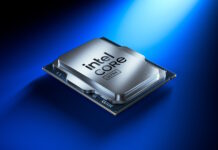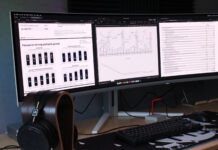WiFi can be both be a real joy and relaxing experience, as well as a painful and stressful disaster if something decides to go haywire. With the well spread use of WiFi we have today one would think that the troubleshooting would be rather easy, but that’s far from the truth. Universities around the world is in no way spared when it comes to troubling WiFi connections so therefore Scientists at UCSD (University of California, San Diego) decided to design a system for troubleshooting faulty wireless connections. At an enterprise scale, the number of possibly causes is so many that it requires quite a lot of expertise and even more time to resolve these issues.
“If you have a wireless problem in our building, our system automatically analyzes the behavior of your connection – each wireless protocol, each wired network service and the many interactions between them. In the end, we can say ‘it’s because of this that your wireless is slow or has stopped working’ – and we can tell you immediately,” – Stefan Savage, UCSD computer science professor
Even worse, many problems are transient, which means that during the time you’ve been trying to find someone to help you the problem has resolved itself. The UCSD model that was presented at the ACM SIGCOMM conference in Japan at the end of last month, detailed several modeling techniques for [automatically] characterizing the source of the problem. The paper especially focuses on transfer delays unique to the 802.11 protocols, media access dynamics and mobility management latency.
“I look at this as an engineering effort. In the future, I think that enterprise wireless networks will have sophisticated diagnostics and repair capabilities built in. How much these will draw from our work is hard to tell today. You never know the impact you are going to have when you do the work. In the meantime, our system is the ultimate laboratory for testing new wireless gadgets and new approaches to building wireless systems. We just started looking at WiFi-based Voice-Over-IP (VOIP) phones. We learn something new every week.”
The system at UCSD has been up and running for nine months now, monitoring and collecting data. The most obvious lesson so far seems to be that there is usually not one big dealie that goes wrong, but several small things that interact and together cause a much bigger mess than they would by themselves. And there are always new combinations and interactions that you cannot possibly anticipate.
By the looks of it, this is not a system that can be easily transferred to a small home network, but hopefully there will be something similar not too far off into the future.


















